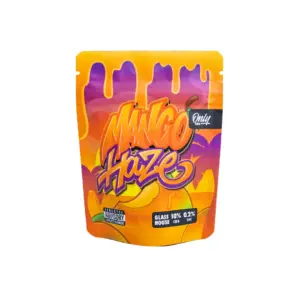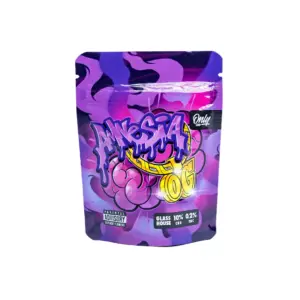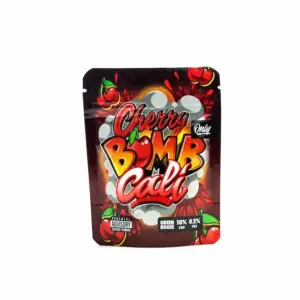While sativas are associated with an energizing and invigorating effect, indicas are a calming and relaxing option. Learn more about these cannabis strains:
When it comes to family CannabaceaeSativa and indica are the most well-known strains. Although both are used for medicinal and recreational purposes, the widespread belief is that they act differently.
On the one hand, sativas are associated with an invigorating and energizing effect that can relieve stress, boost creativity, and improve concentration. On the other hand, indicas are associated with relaxation, which could combat insomnia.
However, experts have questioned this classification and point out that instead of talking about sativas and indicas, it would be more correct to divide the plants into strains or chemovars (chemical varieties).
Cannabis sativa vs. cannabis indica
Once we've figured out which chemical compounds to look for in a strain to achieve certain benefits, it's time to learn a little more about these two types of cannabis.
Cannabis sativa
This is a species that grows in warm, dry climates, including Africa, Central America, and Southeast Asia. In general, these plants They are characterized by their height, reaching up to 3.5 meters. They are thin and have leaves shaped like fingers.
Similarly, they are considered to have high doses of THC and low doses of CBD, in addition to being associated with an energizing or invigorating effect.
Cannabis indica
Native to Central Asia (Afghanistan, Pakistan, India and Türkiye), this species has adapted to the harsh mountain climate, so the plants are usually short and robust, with dense vegetation and thick leaves.
Unlike the C. sativa, Indian hemp has higher levels of CBD. Its effects are relaxing, which is why it's recommended for use at night.
What are the best strains for certain conditions?
Below, we show you which conditions could be addressed with the most popular sativa and indica strains. Keep in mind that this is experimental, and there isn't yet enough solid evidence or unanimous approval for its medical use in all countries around the world.
- Acapulco Gold (sativa): fatigue, stress, nausea, pain.
- Purple Kush (indicates): chronic pain, muscle spasms, insomnia.
- Sour Diesel (sativa): fatigue, stress, acute pain, anxiety.
- Bubba Kush (indicates): insomnia, acute pain, poor appetite.
- Granddaddy Purple (indicates): poor appetite, insomnia, restless legs syndrome.
- Afghan Kush (indicates): insomnia, acute pain, poor appetite.
- Super Silver Haze (sativa): stress, anxiety, low energy.
- Supernatural (sativa): migraine, glaucoma, headaches, low mood.
Risks and recommendations for use
Some of the side effects of cannabis use include dry mouth and eyes, dizziness, lethargy, anxiety, paranoia, rapid heart rate, and low blood pressure. However, keep in mind that most of these risks are caused by THC, not CBD.
Likewise, the method of consumption can increase the likelihood of experiencing adverse effects. For example, smoking marijuana irritates the lungs and airways, which in turn causes coughing and shortness of breath.
On the other hand, oral preparations do not pose these risks. However, they take time to begin acting, and when they do, the psychoactive effects are stronger and last longer.
Sativa vs. Indica: How to Choose the Right Plant for You
When choosing the right plant for you, sativa or indica, you must first know what you're trying to treat; whether it's boosting energy levels or combating insomnia. Second, you must be aware of your tolerance if it's your first time.
Third, consider your medical history. Remember that this herb can cause side effects and even interact with other medications, so it's best to consult a specialist.
Cannabis is not legal everywhere. Therefore, before purchasing or consuming any type of cannabis, you should be aware of your country's laws.
Also, be sure to consult with a healthcare professional or an expert in this plant family. This way, they can assess how it can help you and which species, whether sativa or indica, is most effective for you.

















